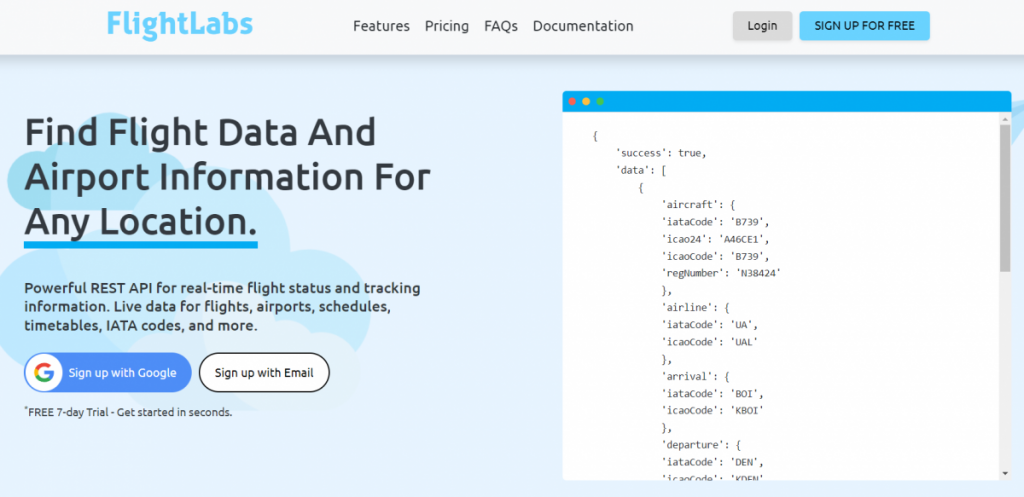In today’s interconnected world, travel is an integral part of both personal and business endeavors. Therefore, having access to accurate and timely information about airports and flights is paramount. This is where Airports Database API comes into play. By offering a comprehensive solution for businesses and developers seeking to leverage the power of data in their projects.
In this article, we delve into the world of Airports Database APIs, exploring FlightLabs, how it works, the types of data that provides, and the benefits that offers for businesses and developers alike.
Understanding How Airports Database APIs Work
Airports Database APIs operate on a simple yet powerful principle: data retrieval through API requests. Developers interact with the API by sending HTTP requests to specific endpoints, each representing a unique data query. These requests typically include parameters such as airport codes, flight numbers, or geographic coordinates. Allowing users to customize their queries and retrieve relevant information.

Once a request is received, the API processes the query, fetches the requested data from its underlying database, and returns the results in a structured format, such as JSON or XML. This seamless process enables developers to access a wealth of information with minimal effort. Empowering them to focus on building innovative solutions rather than worrying about data acquisition.
Key Advantages In Development Projects
One of the key advantages of Airports Database APIs is their ability to integrate seamlessly with existing systems and applications. Whether it’s a mobile app, website, or backend infrastructure, developers can easily incorporate API calls into their codebase, enabling seamless data exchange between different components.
This integration facilitates the creation of cohesive and interconnected ecosystems, where data flows freely between disparate systems, enabling real-time updates and synchronized operations. By leveraging Airports Database APIs, developers can build robust and scalable solutions that meet the evolving needs of their users and stakeholders.
Exploring FlightLabs: An Outstanding Solution

FlightLabs offers a competitive edge by providing access to accurate and reliable flight data, enabling them to make informed decisions and deliver exceptional customer experiences. The benefits of usingFlightLabs extend beyond its feature set; which ranges from improving on-time performance to optimizing route planning. FlightLabs empowers businesses to thrive in a dynamic and competitive market.
For developers, FlightLabs offers a powerful and intuitive API that simplifies the process of integrating flight data into their applications. With its comprehensive documentation, developer-friendly endpoints, and responsive support team, FlightLabs makes it easy for developers to get up and running quickly, allowing them to focus on building innovative solutions without the hassle of data acquisition and management.
https://youtu.be/6uS1sTVyfns
Final Thoughts
The adoption of Airports Database APIs, exemplified by FlightLabs, marks a significant milestone in the evolution of the travel industry. By providing seamless access to a wealth of real-time and historical flight data, these APIs empower businesses to make smarter decisions, optimize operations, and deliver exceptional customer experiences.
For developers, Airports Database APIs offer a powerful toolset for building innovative and data-driven solutions that redefine the travel experience. As we look to the future, the transformative potential of Airports Database APIs is undeniable. Ushering in a new era of connectivity, efficiency, and convenience in the world of travel and transportation.
Related Post: Flight Prices APIs: Which Are The Best APIs Available Online

